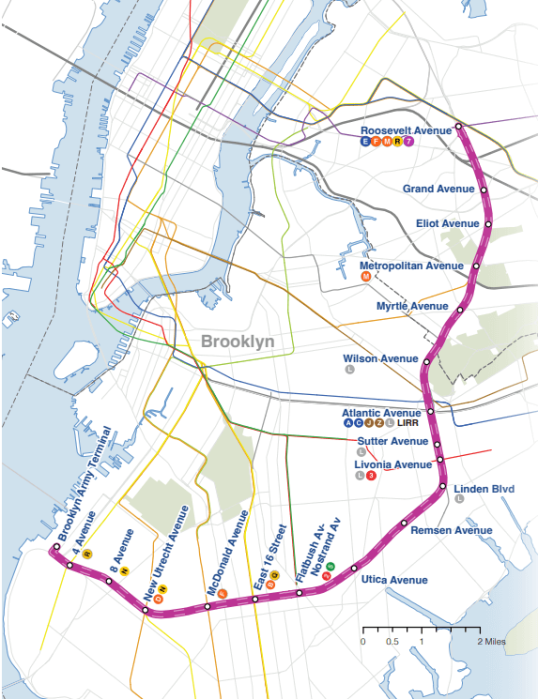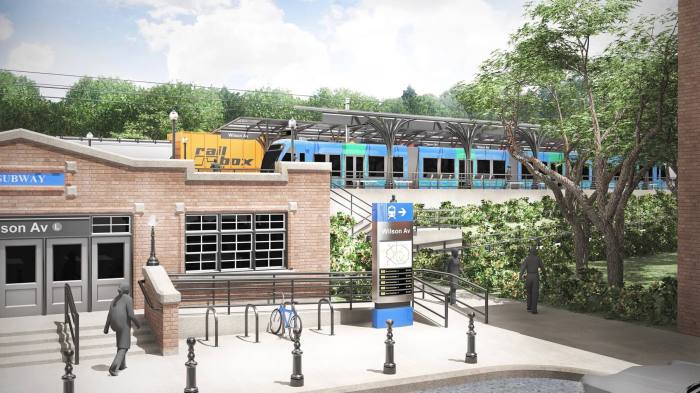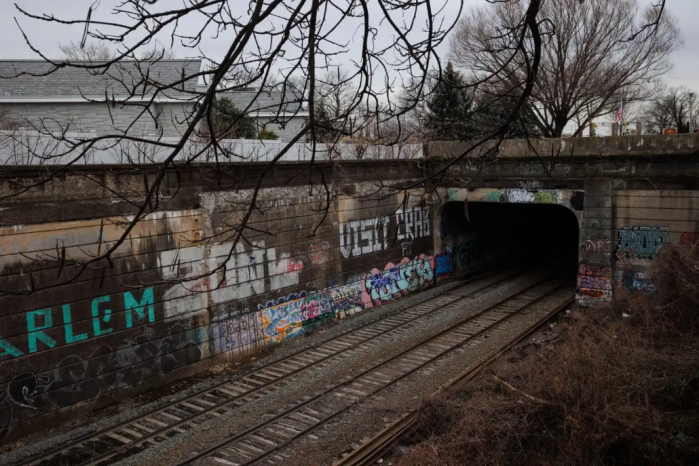Day: September 22, 2024
Welcome back to New York, @JustinTrudeau!
New York and Canada have a long history of collaboration and mutual support, and we’re continuing to work together to create new economic opportunities and build a more resilient, sustainable future. pic.twitter.com/LUb6UVhoHw
— Governor Kathy Hochul (@GovKathyHochul) September 23, 2024
Cartoon Sketchbook: September 22
Jeff Koterba John Darkow
The post Cartoon Sketchbook: September 22 appeared first on Brooklyn Eagle.
Нотный стан из голубей у станции Речной вокзал в Москве. pic.twitter.com/PiYPZEpmvi
— Художники и Поэты (@Xudozhnikipoeti) September 22, 2024
Operation Trump: The Mossad – New Abwehr – Russian Mob Hypothesis – Google Search https://t.co/26a4eg5upy https://t.co/bKsxBuSIOp
— Michael Novakhov (@mikenov) September 22, 2024
Operation Trump: The Mossad – New Abwehr – Russian Mob Hypothesis – Google Search https://t.co/26a4eg5upy https://t.co/bKsxBuSIOp
— Michael Novakhov (@mikenov) September 22, 2024
Operation Trump: The Mossad – New Abwehr – Russian Mob Hypothesis – Search https://t.co/zpJwVK2atB https://t.co/3QkE4Vy2Gh
— Michael Novakhov (@mikenov) September 22, 2024
Operation Trump: The Mossad – New Abwehr – Russian Mob Hypothesis – Search https://t.co/zpJwVK2atB https://t.co/3QkE4Vy2Gh
— Michael Novakhov (@mikenov) September 22, 2024
The MTA’s $68 billion capital plan, unveiled last week, proposes starting construction on the Interborough Express (IBX), the potentially transformative light rail link between Brooklyn and Queens, within this decade.
The 2025-29 capital plan, the transit agency’s overarching five-year spending priorities for maintenance, renewal, and expansion, includes $2.75 billion to advance the 14-mile IBX, running from Bay Ridge, Brooklyn to Jackson Heights, Queens, into the construction phase.
This would be the MTA’s first-ever light rail line; it would run along existing freight rail tracks and is based on a longstanding plan by advocates that would extend to the Bronx, is intended to address post-pandemic commuting patterns that see more and more Brooklyn and Queens residents traveling between boroughs for work, instead of into Manhattan.
The IBX would connect to 17 other subway lines, more than 50 bus routes, and the Long Island Rail Road; and would also connect service to long-neglected “transit deserts” like East Flatbush in Brooklyn.

“Our system is vast, and we’re focused on taking care of it,” said Jamie Torres-Springer, the MTA’s construction and development chief, on Wednesday. “But where there is great opportunity to serve New Yorkers with improved transportation options, we will do that.”
Funding
The $2.75 billion allocation within the capital plan represents about half of the total cost for the project, the MTA says. The agency says this is a “substantial down payment” on the project as it seeks financing from Washington to complete federal environmental reviews, finalize design and engineering work, and eventually start putting shovels in the ground.
But the source of the money remains an open question. The MTA only has about half the money secured that it needs for the full plan, which also includes billions of dollars for priorities like structural repairs, railcar replacement, power system upgrades, modernization of century-old train signals, making the subway accessible for people with disabilities, and adapting the transit system to a future dominated by climate change.
What’s more, Gov. Kathy Hochul — who has championed the IBX and described it as her “baby” — blew a $16.5 billion hole in the current 2020-24 capital plan by pausing the MTA’s congestion pricing program, which would have raised money by levying $15 tolls to drive into lower Manhattan.
Should new sources of money be found for the existing plan, they would, by extension, subtract money away from the new plan, said Rachael Fauss, a researcher at good government group Reinvent Albany who focuses on the MTA.

“If Gov. Hochul is serious about getting the IBX underway, she needs to clear her plate of the last plan’s funding needs by unpausing congestion pricing,” said Fauss. “The math doesn’t add up for all the MTA’s funding needs — $16.5 billion from the last plan and $33 billion from the new — without congestion pricing.”
Hochul is reportedly mulling restarting the toll after the election, at a lower rate — but should she do that, there would still be a hole in the existing capital plan, albeit much smaller.
MTA brass will present the plan this week to the agency’s board, which will vote on recommending it to the state’s Capital Program Review Board. Funding decisions are up to state lawmakers and the governor.
“We will review the MTA’s proposal for the upcoming 5-year capital plan and fight to secure as much funding as possible,” Hochul said in a statement last week. “That includes pressuring Washington to deliver additional infrastructure dollars and working with our partners in the Legislature and City Hall to determine priorities and capacity during the upcoming budget negotiations.”
MTA Chair Janno Lieber has expressed confidence that Hochul and the Legislature will materialize new funding.
A grave concern for project

The capital plan presentation also didn’t answer one of the more crucial questions for the IBX: whether the route will pass through a tunnel underneath a cemetery in Middle Village, Queens, or divert course onto local streets for 2/3 of a mile.
The MTA has said the existing tunnel is too narrow to add passenger tracks alongside freight ones, and expanding the tunnel would be prohibitively expensive and potentially disturb the graves above it.
But the street-running proposal has been lambasted from various corners. Transit experts say it could torpedo speed and reliability along the line, while one local politician has threatened to derail the whole project unless the MTA opts to tunnel under the graveyard, citing potential traffic and disruption to property owners. The manager of the graveyard, All Faiths Cemetery, even told amNewYork Metro earlier this year he would prefer the train to run underneath the resting places.
An MTA spokesperson said the decision still hasn’t been made on street-running versus tunneling; such decisions will be made when the MTA advances the project into the engineering phase.
